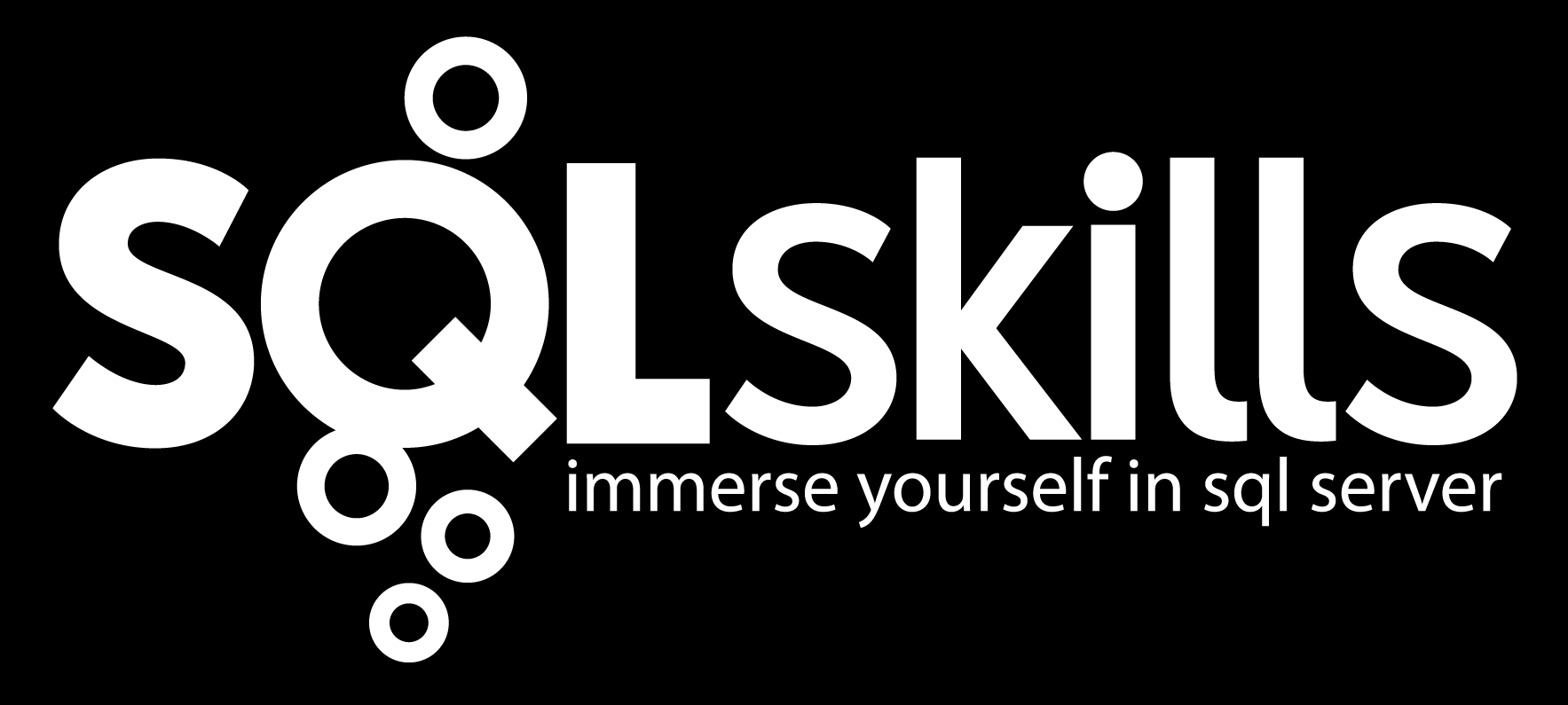I collegue of mine is studying SQL Server Analysis Services and asks about APIs for it. I have the unique (wierd?) perspective of having come at OLAP through the APIs: OLE DB for OLAP, ADOMD, and XMLA. However, he’s interrested in .NET APIs and asks: “Can the OleDb data provider support the MSOLAP OLE DB provider”? My answer is “not exactly” with the qualification that the OleDb data provider doesn’t support the OLE DB Dataset. Thought I’ve have to explain that one.
Back when I was teaching OLE DB in earnest, I took it upon myself to learn every one of the 60-some-odd OLE DB interfaces. Could tell you the difference between IRowsetView and IViewRowset. A varitable fountain of now-mostly-obsolete (unless you use linked servers or maintain OLE DB code) esoteric information. OLE DB for OLAP (and later OLE DB for Data Mining) added more interfaces and OLE DB for OLAP even added a new cotype called the Dataset. I taught a class to OLE DB for OLAP provider writers and learned these too. The OLE DB for OLAP Dataset is unrelated to the ADO.NET DataSet.
The OLE DB for OLAP Dataset is a refinement to the OLE DB Rowset, adding multidimensional features like multiple values per cell. This Dataset (lower-case ‘s’) is what’s not supported in ADO.NET (it would be a specialization of DataReader in the model, sort of).
Most people programmed ADO MD (ADO for multidimensional) instead. It encapsulated the OLE DB for OLAP Dataset in a class called Cellset. AND there is a recent release that supports .NET, called ADOMD for .NET. Cool.
After going through Resultset, Recordset, Rowset, DataReader and others, there’s just a limit to how many new names you can come up with for “the object that encapsulates columns and rows”. Even when they are cells. Terminology reuse is inevitable, but confusing.
Glad we got THAT out of the way.

One thought on “Not DataSet, Dataset!”
Actually, it’d be great it you’d post that example or tutorial here. I came here specifically looking to see if there were any Analysis Services related topics discussed. Do you know if someone is blogging about Analysis Services, 2000 and/or beyond? I’m just starting to work with the Yukon beta and it’d be great to have more resources.
Comments are closed.